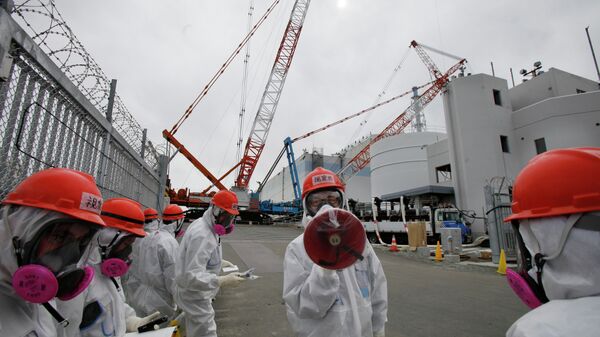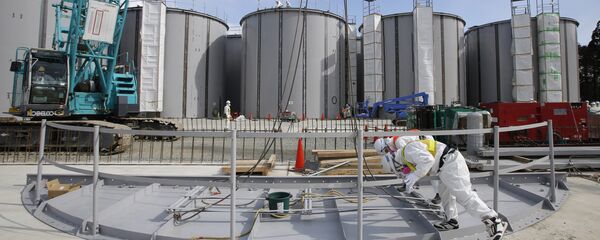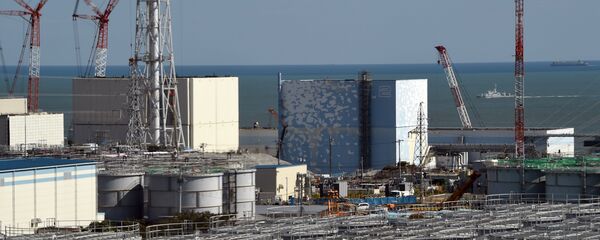Tokyo announced Wednesday that it aims to conduct infrastructure restoration and radiation clean ups in reconstruction bases built within the zone, which was highly contaminated when the plant, operated by Tokyo Electric Power Co. Holdings Inc. (TEPCO), was shut down during a March 2011 tsunami and earthquake.
Prime Minister Shinzo Abe, at a joint meeting of the Reconstruction Promotion Council and Nuclear Emergency Response Headquarters, where the proposal was adopted, said, "Based on the basic policy, we will embark on reconstruction work in the zone as soon as possible." In June 2015 the government decided it would lift the ban on areas of Fukushima with lower contamination levels by March of 2017.
Headquarters also announced that the decontamination of Fukushima would be paid for with state funds. It was estimated in 2013 that cleanup would cost upwards of 2.5 trillion yen (about $24 billion), and the decontamination efforts would be financed with funds collected from selling state-owned shares of TEPCO.
Tokyo hopes to profit 2.5 trillion yen from selling the shares, but TEPCO stock would have to trade at about 1,050 yen for that to happen, and shares are currently valued at around 360 yen.
After evacuation and some rearranging, Tokyo has been gradually lifting no-go zones restrictions in Fukushima since 2013.
53-year-old Toshiko Yokota, who was able to return to clean up her home in Naraha in 2015 said, "My friends are all in different places because of the nuclear accident, and the town doesn't even look the same, but this is still my hometown and it really feels good to be back. I still feel uneasy about some things, like radiation levels and the lack of a medical facility," she said. "In order to come back, I have to keep up my hope and stay healthy."
According to Jiji Press, the public cost of decontamination and cleanup of the nuclear accident exceeded 4.2 trillion yen by the end of the 2015 fiscal year. Factoring in costs for reactor decommissioning, compensation payments to people and organizations affected by the accident and radioactive decontamination, the government spent about 33,000 yen per capita.




